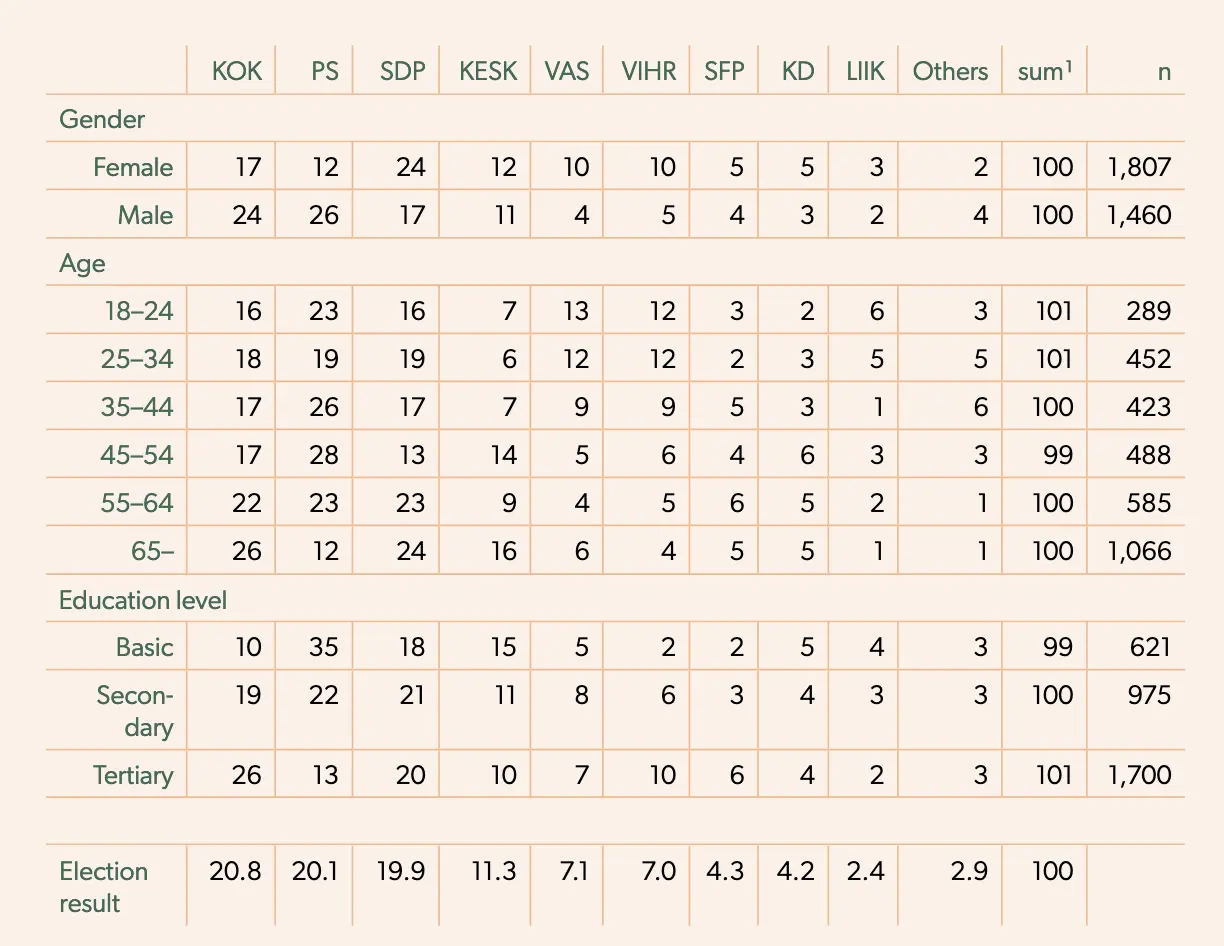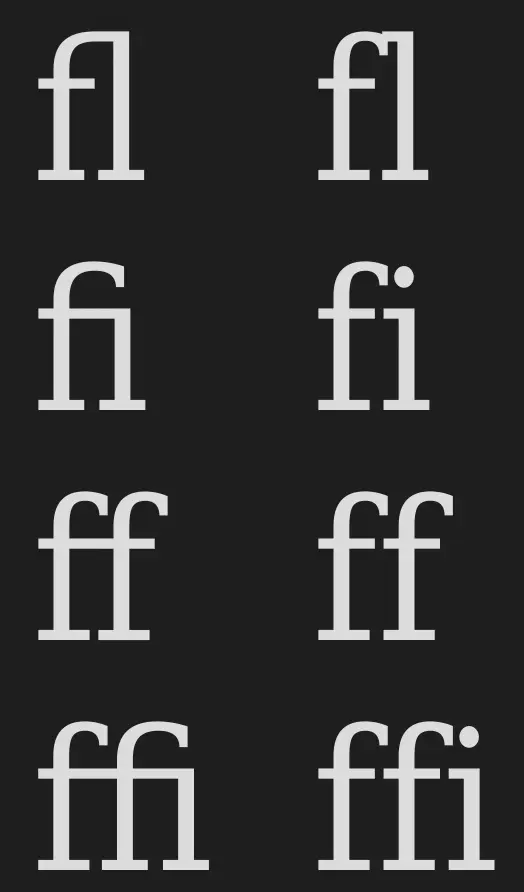

Governments rarely realize anything related to IP that the copyright mafia doesn’t spoon-feed them, unfortunately.


Governments rarely realize anything related to IP that the copyright mafia doesn’t spoon-feed them, unfortunately.


Far as Swift’s syntax goes, I really like argument labels too, but it’s just that there’s SO. MUCH. SYNTAX. Lots of sugar, yes, but sometimes that’s part of the problem in my opinion, because it often adds to the syntactic and semantic “noise.” Also, there’s 98 keywords (more if you count eg. try, try! and try? as different keywords, and this count is missing eg. sending and other new keywords) – compare this to say Rust’s or or Python’s 35. Java’s got 68, while C++ also has 98 and it’s notorious for having way too many of them. And then there’s all the symbols – some of which have different meanings in different contexts.
It’s true that ARC only applies to reference types, but even with value types you can often get some fairly surprising performance problems due to implicit copies, for example in getters and setters – and the _read and _modify accessors that can sometimes help with that due to returning (well, yielding) a borrowed value instead of a copy aren’t meant for “public” use (which doesn’t mean many libraries etc. don’t use them, much to the consternation of core devs).


Swift is… not a great language. It’s got some promise but goddamn does it have a “designed by committee” feel to it; they just keep throwing on features like they’re going out of fashion and it’s getting ridiculously complex. Just the syntax alone is a bit of a nightmare – soooo many keywords and symbols. It’s also extremely hard to predict how well Swift code will perform, in large part due to ARC (automatic reference counting) memory management, which is a huge downside for game development. And don’t even get me started on the new concurrency stuff…
Just as a side note, it’s not purely an Apple project nowadays. They’re still the “project lead” but it’s not exclusively theirs anymore. Still, regardless of that, at least personally I really couldn’t recommend it especially to someone looking to get into game development.


Yeah it’s the same here, they and the younger gens have apparently gotten very polarized; the ones who are “good eggs” are really decent folks, and the shitty ones are really shitty.
So while the extremist reich wing party PS (Perussuomalaiset or “Finns Party”, because naturally only a nationalist wank is a real Finn) was their most popular party, as a proportion of their cohorts more young people voted for the Left Alliance than older ones did. Here’s a handy table from our 2023 parliamentary elections (source):

Actually based on that study the claim that gen Z is more conservative than older gens doesn’t seem to hold up. Seems like they’re about as conservative, but also more likely to vote Left


Hmm, I wonder if Gen Z’s politics are different over there compared to here, because at least in Finland the 2. most popular parties they voted for were a right wing extremist party and a “fiscally conservative” party that is essentially indistinguishable from the extremist one (the joke is that the way to tell them apart is that the “fiscal conservatives” wear more expensive suits.) Sure, many do also vote for eg. the Left Alliance who are democratic socialists, but on the whole the generation is more conservative than the older ones


I’m not entirely convinced putting the US in charge of it would make things any better. It’s not like eg. Facebook or Twitter aren’t full of reich wing bullshit on purpose


Honestly I think we’re thoroughly fucked at this point


Same shit happened here in Finland too, our extremist right wing party is very active on TikTok and the under 25’s voted for them in droves. That generation is more conservative than Millennials or even younger Gen X, which is a bit fucked up. Especially young men and boys have gone off the deep end
That’s known as a ligature and they’re pretty common in many programming-oriented fonts, which usually have stylistic sets with different ligatures for different programming languages that you can optionally enable in your editor’s configuration. For example, here’s the stylistic sets the Monaspace font offers:

Personally I’m not too fond of ligatures so I never enable any, but many folks do like them.
Edit: and just as a side note, ligatures are super common in many fonts, you just might not notice them. Here’s some classic examples from the DejaVu Serif font, with and without a ligature:

"A".reverse() == "∀"
Where is your god now?!
Use a dynamically typed language and you won’t have to: just override the default reverse() method on strings like a Real Programmer!
Unintended consequences you say? Nonsense! What could possibly go wrong?
This is absolutely true, but it still seems to me that we’re throwing the baby out with the bath water when we just stick to extremely terse symbols for everything regardless of context.
Reading articles would be so much easier if they used even slightly longer names – thankfully more and more computer science articles do tend to use more human readable naming nowadays, at least.
Sure, longer names make manipulation harder a bit more annoying if you’re doing it by hand, but if you do need to manipulate something you can then abbreviate the terms (and I’m 60% sure I’ve seen some papers that had both a longer form and a shorter form for terms, so one for explaining shit and one for the fiddly formal stuff)
Of course using terse terms is totally fine when it’s clear from the context what eg. ∆x means.
Ah, I managed to completely miss the last part of the comment because I’m an eejit who can’t read good
In 2017 his name was mentioned as a visionary comparable to the Wright Brothers and Zefram Cochrane (inventor of the warp drive) on a Star Trek episode set in the 2250s.
By a character who was explicitly evil and whose judgement we were not meant to trust, though
It’s always great fun when people who have absolutely zero fucking clue how something works declare it “stupid”.


That’s pretty much how I expect things to go as well. Russians have a long history of imprisoning and outright murdering any POWs returning to Russia – they know the stories the POWs have would run counter to the bullshit they’re fed, so it’s easier to just get rid of the POWs if they don’t toe the line.
And it’s not like this is the first prisoner exchange that’s happened during this war. If released POWs were actually capable of changing the narrative, they’d probably already have done so.


People released from Russian captivity always look like concentration camp victims.
It’s disgusting how so many western “leaders” seem to be completely OK with the idea of letting Russia win. That country needs to be dealt with somehow, they’re quite literally fucking evil.


Gotta say that I’m unfamiliar with any Christmas carols that could use the lyrics “some or all of up to five 2,000-person brigades plus at least one 400-person independent battalion—plans to stay”


Ah, that’s because I’ve blocked it
Oh I wish it was. Eg. here in Finland sharing movies etc. among friends or downloading them off the internet used to be legal as long as you weren’t doing it for profit or distributing stuff to a huge audience, but that changed in 2006 because the new EU Copyright Directive required it, and that directive was hugely influenced by the likes of WIPO.